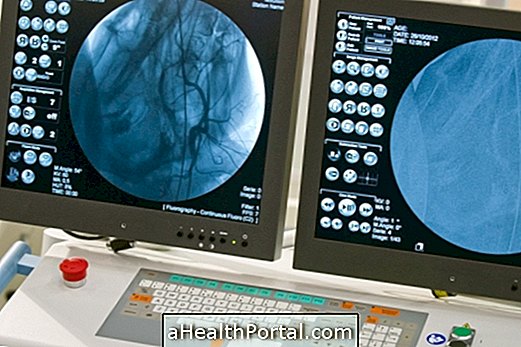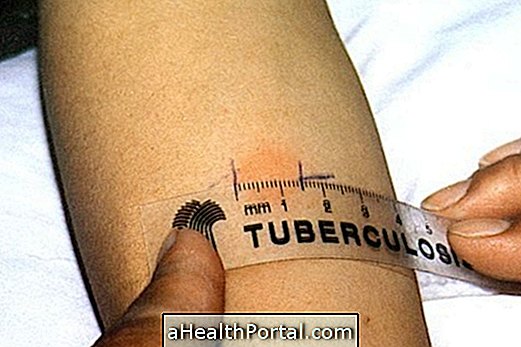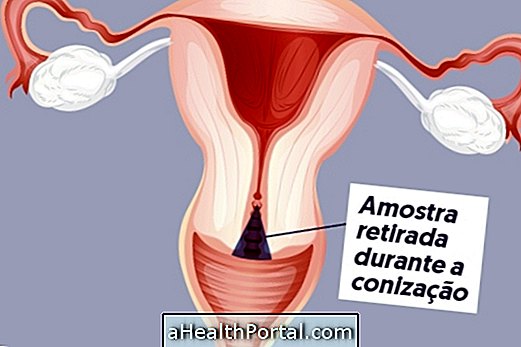Amniocentesis is an examination that can be done during pregnancy and in which a sample of the amniotic fluid is withdrawn from the inside of the uterus. Generally, this fluid contains cells from the fetus and the substances released by the baby during development, which can then be evaluated in the laboratory.
Thus, this test can help identify various health problems of the baby even during pregnancy, such as Down syndrome or other genetic change, for example.
However, amniocentesis may carry some risks for the pregnant woman or the baby and therefore should only be done when there is suspicion of a problem with the baby, which can not be identified through another less invasive method.

Exam price
The price of amniocentesis can vary between one thousand and two thousand reais, depending on the location selected for the test. Although it is rarer in some regions of Brazil, it is also possible to take the exam through SUS.
When to do amniocentesis
Amniocentesis is most effective between 15 and 18 weeks of pregnancy but can be performed from week 12, although there is a greater risk of miscarriage.
Usually there is indication for amniocentesis in case of:
- Pregnancy above 35 years;
- Mother or father with genetic problems such as Down's Syndrome;
- Previous pregnancy of a child with a genetic disease.
Sometimes signs of ultrasonography or blood tests that show a baby's risk of having a genetic disease also indicate the need for amniocentesis.
The results can take up to 2 weeks to quit, but it varies with the type of disease being investigated.
What are the main risks
The main disadvantage of amniocentesis is the risk of miscarriage, which is higher when the test is done in the second trimester of pregnancy. However, when done in trusted clinics and by trained professionals, this risk is very small.
In addition, there is still the risk of infection, trauma to the baby or induction of early labor.
Due to these risks, the examination should always be discussed with the obstetrician. Although there are other tests to evaluate the same type of problems, they are usually at higher risk of miscarriage than amniocentesis.
Know cordocentesis, one of the exams similar to amniocentesis.
How amniocentesis is done
Amniocentesis is done with the woman lying down while the doctor, using ultrasound, identifies the position of the fetus and the pouch of amniotic fluid. It then inserts a needle through the skin of the belly and withdraws a small amount of amniotic fluid. The amniotic fluid contains baby's cells, substances and microorganisms that help make the tests necessary to determine the health of the baby.
The exam lasts only a few minutes and the doctor will listen to the baby's heart and do ultrasound to assess the woman's uterus to ensure there is no harm to the baby.
























